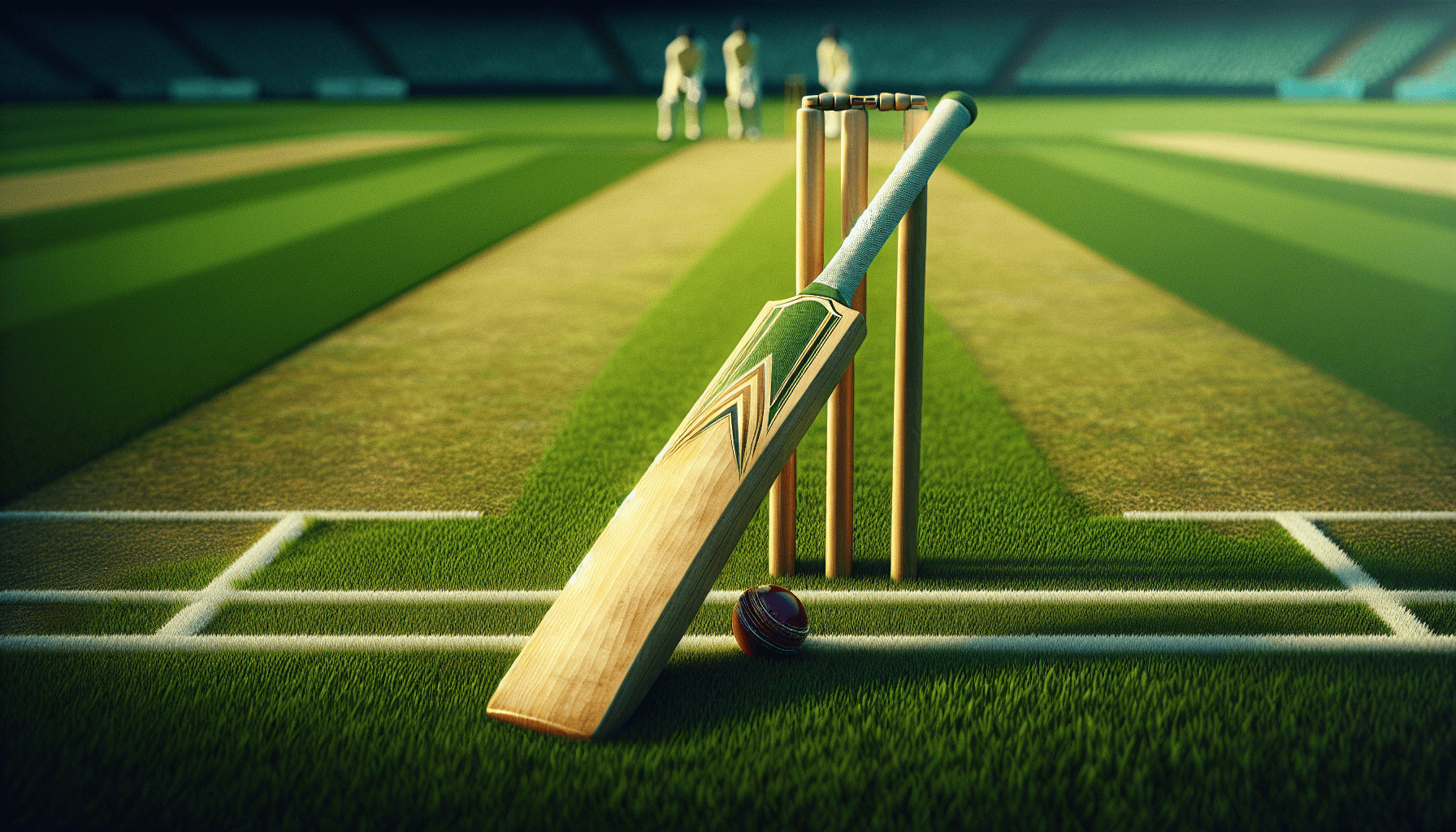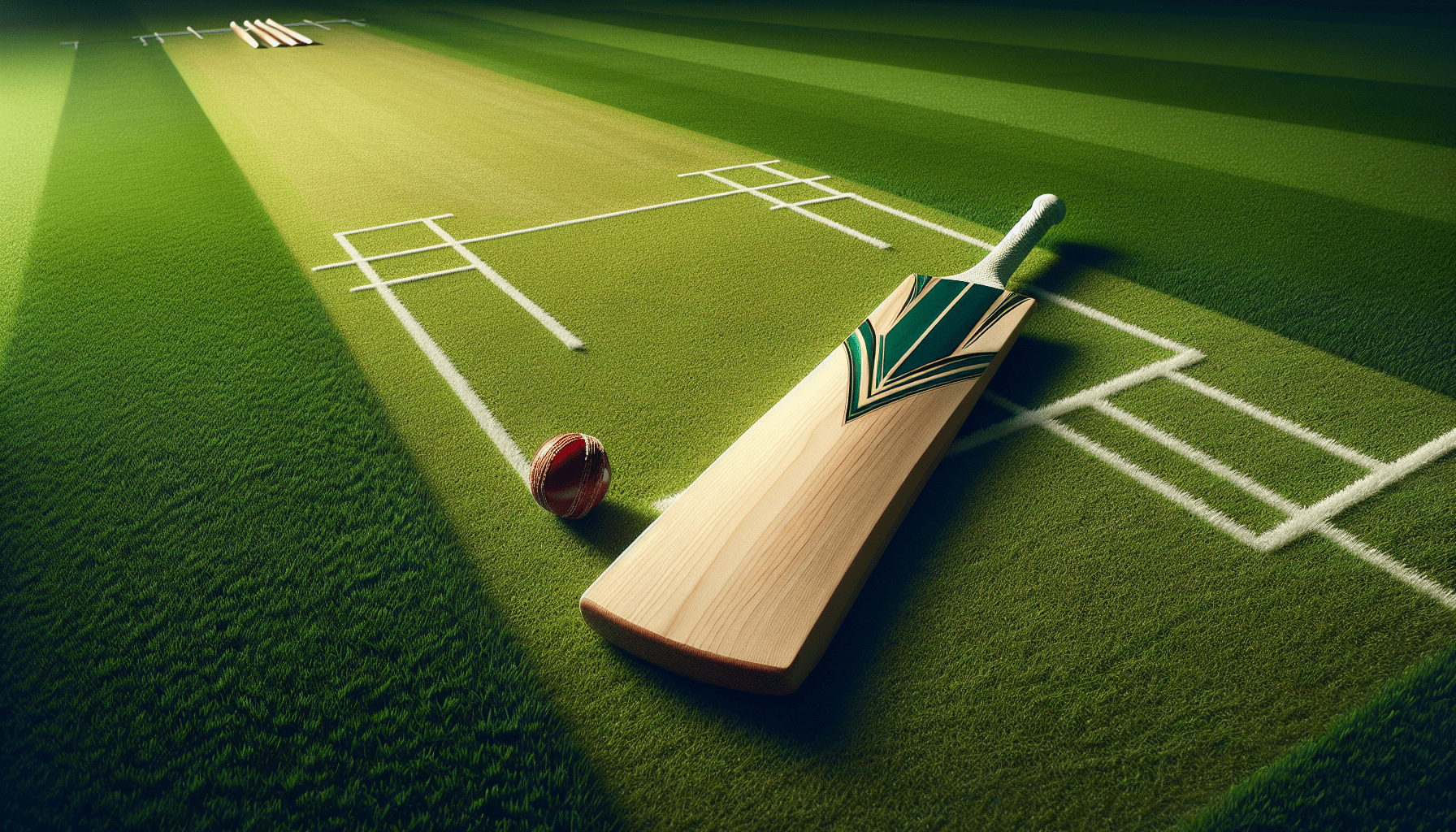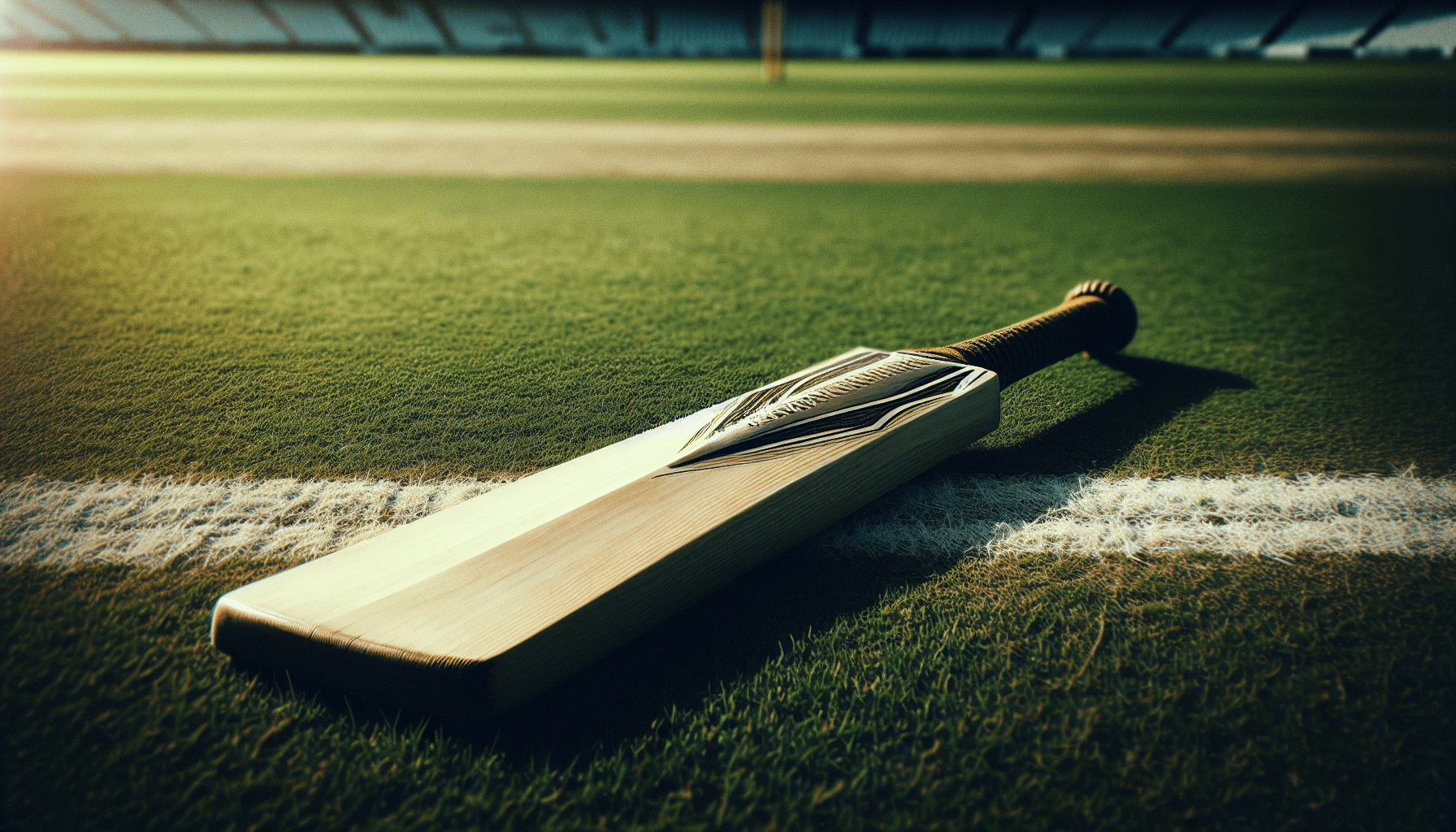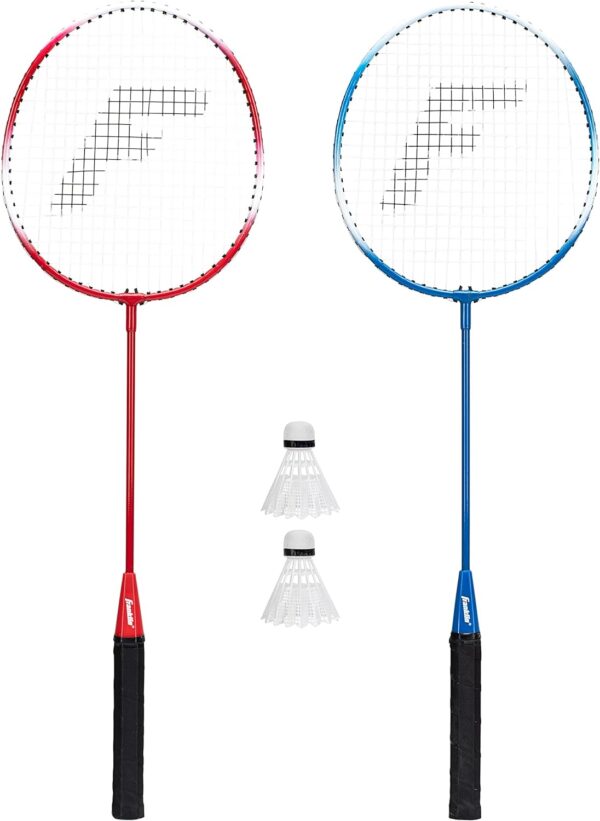Your cart is currently empty!
The Cricket Field
Welcome to “The Cricket Field,” where you can learn all about the wonderful world of cricket! Getting to Know Cricket If you’re looking to learn more about cricket, you’ve come to the right place. Cricket is a popular sport that is played in many countries around the world, and it is known for its complex […]
Description
Welcome to “The Cricket Field,” where you can learn all about the wonderful world of cricket!
Getting to Know Cricket
If you’re looking to learn more about cricket, you’ve come to the right place. Cricket is a popular sport that is played in many countries around the world, and it is known for its complex rules and strategies. But don’t worry, we are here to break it down for you in a simple and friendly way.
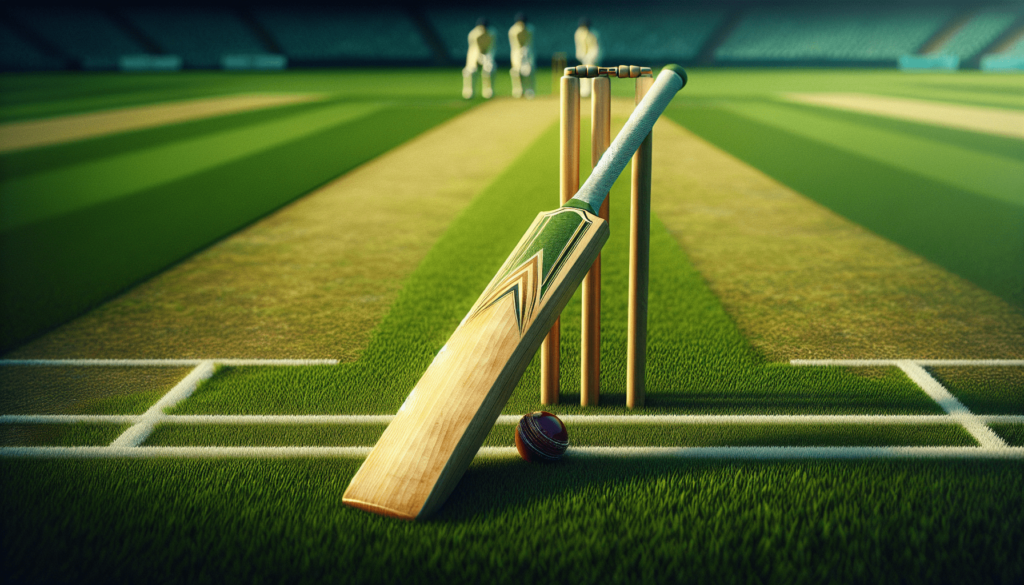
What is Cricket?
Cricket is a bat-and-ball game played between two teams of eleven players each. The game is played on a circular field with a rectangular 22-yard-long pitch in the center. The objective of the game is to score more runs than the opposing team while also dismissing their batsmen.
The Cricket Field
The cricket field is an essential component of the game. It is where all the action takes place, and it is important to understand its layout and dimensions.
Layout
A typical cricket field consists of several key components:
-
Pitch: The pitch is a rectangular area in the center of the field where the bowler delivers the ball to the batsman. It is 22 yards long and 10 feet wide.
-
Crease: There are three main creases on the pitch:
- Bowling Crease: This is where the bowler delivers the ball from.
- Popping Crease: This is where the batsman stands to receive the ball.
- Return Crease: This is where the bowler runs to after delivering the ball.
-
Playing Area: The playing area is the entire field, including the pitch, where the game is played. It is typically circular in shape, with a radius of at least 450 feet.
-
Boundary: The boundary is the outer edge of the playing area, and it is marked by a rope or a white line. If the ball crosses the boundary without touching the ground, it is considered a boundary.
Dimensions
Here are the standard dimensions of a cricket field:
- Pitch Length: 22 yards (20.12 meters)
- Pitch Width: 10 feet (3.05 meters)
- Playing Area Radius: 450 feet (137.16 meters)
- Boundary Rope Distance: 70-90 yards (64-82 meters)
Understanding the layout and dimensions of the cricket field is crucial for both players and spectators, as it provides a clear picture of how the game is played.
Fielding Positions
In cricket, fielding positions play a crucial role in the game’s strategy and tactics. Each fielding position has a specific name and purpose, and it is important for players to understand their roles.
Common Fielding Positions
- Slips: Fielders positioned behind the batsman on either side to catch an edge off the bat.
- Gully: Fielder placed behind the slips to catch edges that don’t carry to the slips.
- Point: Fielder positioned on the off side behind the batsman square of the wicket.
- Cover: Fielder on the off side, covering the area between point and mid-off.
- Mid-off: Fielder on the off side, halfway between the pitch and the boundary.
- Mid-on: Fielder on the on side, halfway between the pitch and the boundary.
- Square Leg: Fielder on the leg side, behind square.
- Fine Leg: Fielder on the leg side, fine of square leg.
These are just a few of the many fielding positions in cricket. Each position serves a specific purpose in the fielding strategy, and it is important for players to be aware of them.
Equipment Used in Cricket
Cricket is a game that requires specific equipment for both batting and bowling. Understanding the various pieces of equipment used in cricket can help players perform at their best.
Batting Equipment
- Bat: The cricket bat is a flat blade made of willow, with a handle grip for the batsman to hold.
- Helmet: A protective helmet worn by the batsman to safeguard against head injuries.
- Pads: Leg guards worn by the batsman to protect their legs from being hit by the ball.
- Gloves: Batting gloves worn by the batsman for grip and protection.
- Guard: A protective cup worn by male batsmen to protect their private parts.
Bowling Equipment
- Ball: A solid leather ball with a defined seam for grip and swing.
- Bowling Boots: Sturdy footwear worn by bowlers to provide grip on the pitch.
- Protective Gear: Optional protective gear such as arm guards and chest guards for bowlers.
Having the right equipment is crucial for players to perform well and stay safe on the field. It is important to invest in quality equipment that fits comfortably and allows for maximum performance.
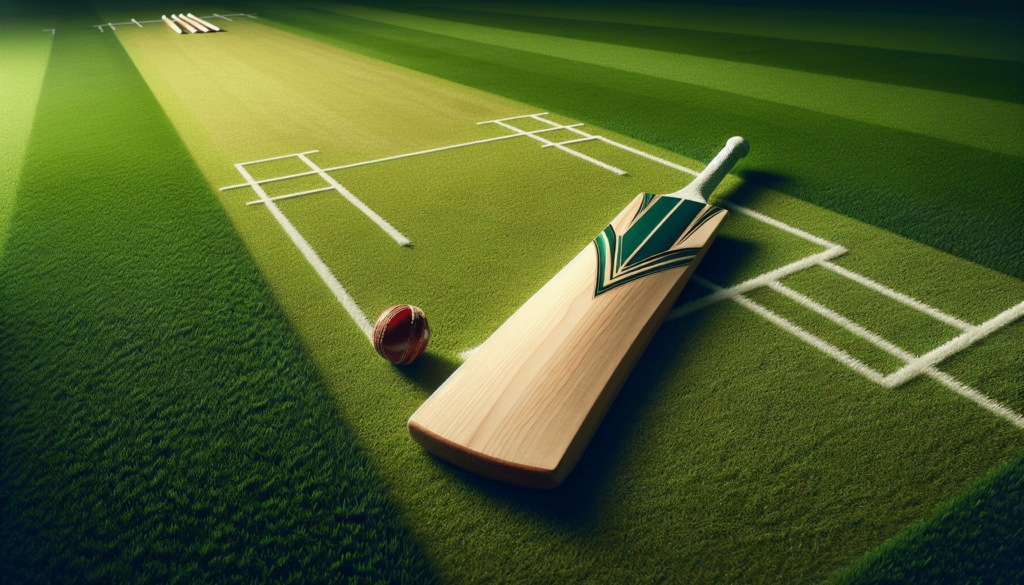
Rules of Cricket
Cricket has a set of rules and regulations that govern the game and ensure fair play. Understanding the rules of cricket is essential for both players and spectators, as it provides a framework for how the game is played.
Basic Rules
- Scoring Runs: Batsmen score runs by hitting the ball and running between the wickets.
- Getting Out: Batsmen can be dismissed in various ways, such as being bowled, caught, or run out.
- Overs: An over consists of six legal deliveries bowled by a bowler.
- Innings: Both teams take turns batting and bowling, with each team getting one innings to score runs.
- Fielding Restrictions: Fielding restrictions such as the number of fielders in the outfield are in place to prevent defensive play.
Spirit of the Game
Cricket is not just about winning or losing; it is also about playing the game in the right spirit. The spirit of cricket emphasizes sportsmanship, fair play, and respect for the opponent.
Strategy and Tactics
Cricket is a game of strategy and tactics, with teams constantly adapting to the situation on the field. Understanding the various strategies and tactics used in cricket can help players improve their game and outsmart their opponents.
Batting Strategy
- Opening Stand: The opening batsmen lay the foundation for the innings.
- Rotating Strike: Batsmen should rotate the strike to keep the scoreboard ticking.
- Building Partnerships: Batsmen should build partnerships and support each other at the crease.
- Playing to the Situation: Batsmen should adapt their approach based on the match situation.
Bowling Tactics
- Line and Length: The bowler should bowl in the right areas to create pressure on the batsman.
- Variation: Bowlers should vary their pace, line, and length to keep the batsmen guessing.
- Field Placement: Captains should set the field according to the bowler’s strengths and the batsman’s weaknesses.
Understanding these strategies and tactics can help players improve their performance on the field and contribute to their team’s success.
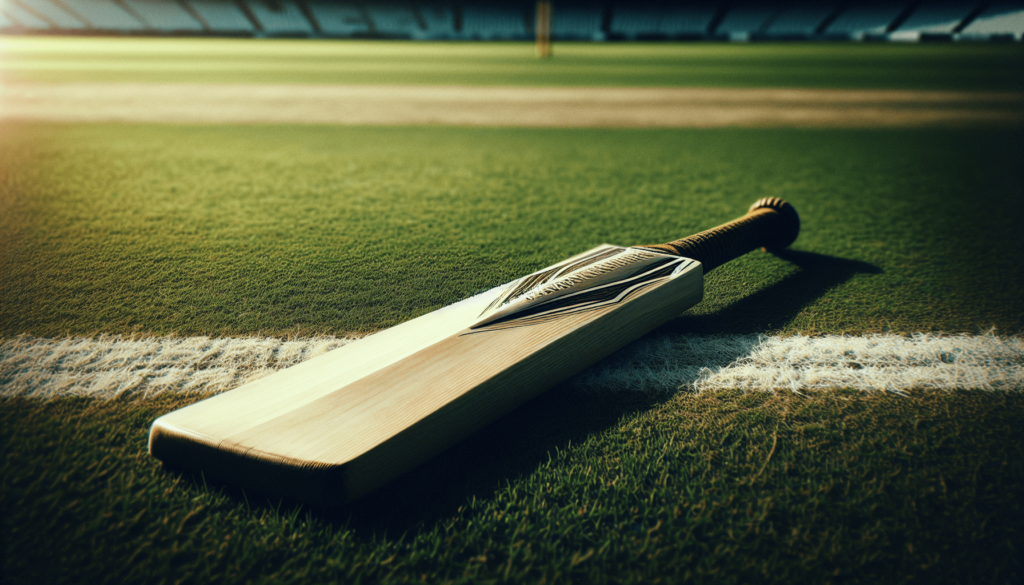
Conclusion
Cricket is a challenging but rewarding sport that requires skill, strategy, and teamwork. By understanding the rules, equipment, and strategies of cricket, you can enhance your game and enjoy the thrill of playing on the cricket field. So grab your bat, put on your pads, and step onto the field to experience the excitement of cricket for yourself.
